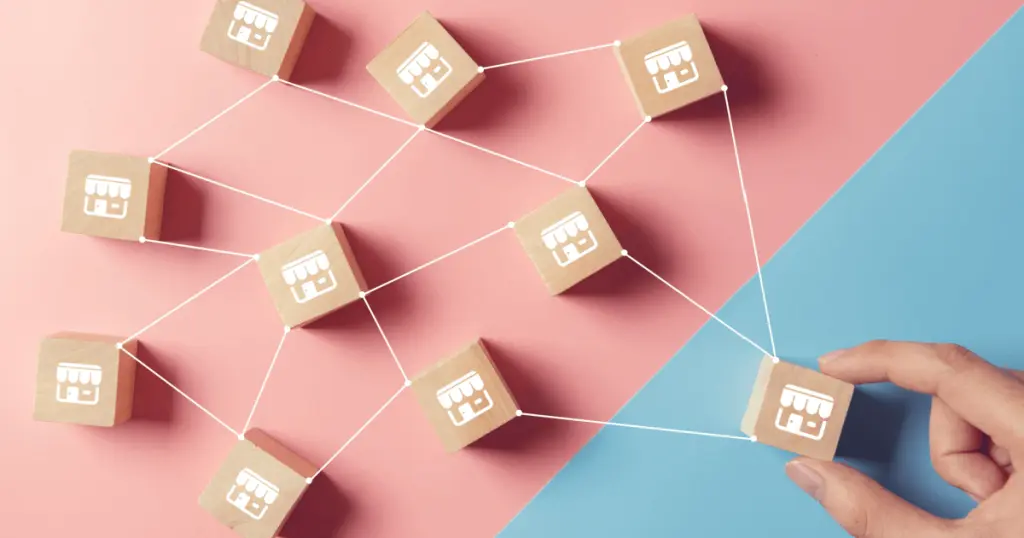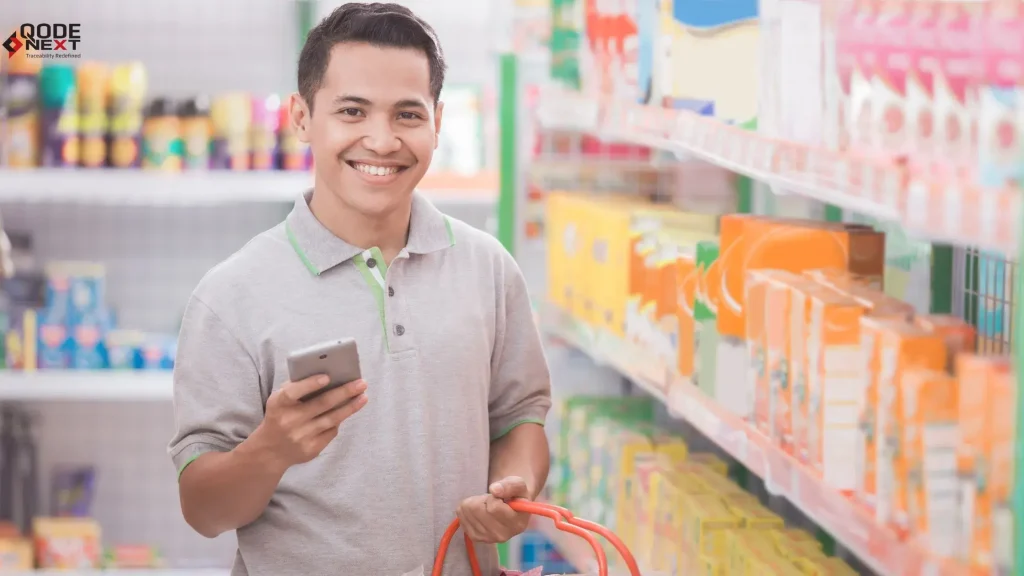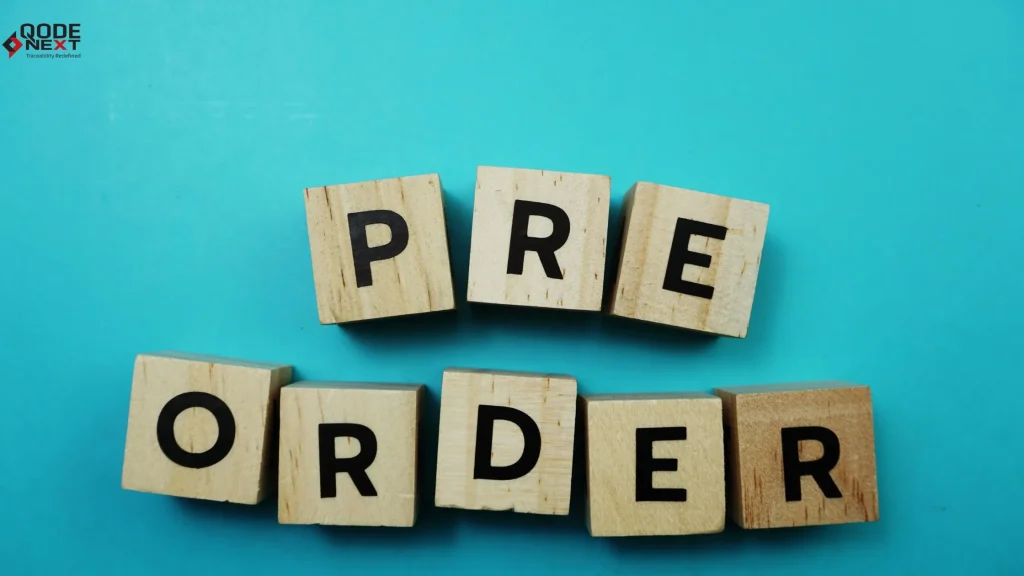Whether or not you’ve been in marketing, you probably already know how important it is to keep a good relationship with your retailers. Whether it’s online or in person, they’re essential in helping your customers make that final purchase.
But here’s the thing—these partnerships don’t have to be just about keeping things smooth. When done right, collaborating creatively with your retailers can take both your business and theirs to the next level, all while wowing new customers and keeping them coming back.
In this guide, we’ll share some simple tips to get your team started on the right foot.

Benefits of a Retail Partnership:
1.How Retail Partnerships Empower Customers:
Customers value convenience and choice. Many prefer trusted retailers like Amazon or Tesco over buying directly from a brand’s website. Listing your products with these retailers makes it easier for customers to add them to their carts alongside other items, especially when trying a product for the first time.
Factors like shipping, delivery, and payment options also influence this decision. Contrary to popular belief, offering alternatives doesn’t harm your DTC store. Research shows loyal customers still prefer buying directly from you. Expanding purchase options simply helps capture the 90% of shoppers who might abandon their carts or buy elsewhere.
2.Expand Your Reach and Attract New Customers:
Retail partnerships allow you to reach untapped markets and attract new customers. By listing products with established retailers, you expose them to shoppers who might not have considered your brand otherwise.
This is a faster, more affordable way to enter new markets than building your own sales infrastructure. Platforms like Amazon and Flipkart offer significant reach and add credibility to your product.
3.Benefit from Customer Reviews:
Customer reviews are critical—90% of shoppers read them, and 88% trust them. Platforms like Amazon are particularly influential, with many shoppers relying on their reviews, even while browsing in physical stores.
By listing your products with trusted retailers, you can leverage the credibility of their reviews to boost your brand’s reputation.
4.Drive Sales and Conversions:
Offering multiple retail options makes purchasing easier, boosting sales and conversions. Diversifying your retail channels also reduces reliance on a single revenue stream.
Research shows that traffic directed to platforms like Amazon through tools such as Buy Now buttons converts at higher rates than organic traffic. This not only increases revenue but also strengthens your negotiating power with retailers for better visibility.
5.Gain Actionable Insights:
Some tools let you track where customers go after leaving your site, which retailers they choose, and what else they add to their carts. These insights enable you to refine your marketing strategies and target these shoppers more effectively.
Retail partnerships simplify shopping, expand your reach, and drive data-backed decisions—all leading to better growth opportunities for your brand.
Types of Retailer Supplier Partnerships:
1.Co-Marketing with Other Businesses:
Partnering with another brand for marketing campaigns can open up new customer bases for both parties. For example, collaborations like GEICO and Helzberg Diamonds allow brands to pool resources, creating more impactful campaigns while staying within budget.
Retail strategies like these are particularly beneficial for small businesses but also provide larger companies with access to each other’s loyal audiences, fostering trust through association.
Take the partnership between Joybird and Sherwin-Williams: they joined forces to showcase complementary furniture and paint combinations, advertising on each other’s platforms and offering customers trendy interior design ideas.
2.Co-Sponsored Events or Pop-Up Shops:
Temporary events like pop-up shops or expos are another way to share audiences. A notable example is Target’s partnership with Lilly Pulitzer in 2015, which featured a limited collection that sold out almost instantly.
While not every business has the resources of Target, local stores can host collaborative events, like a wedding expo organized by a bridal boutique, a photographer, and other vendors.
Community art walks or seasonal markets are also excellent ways to pool resources, attract foot traffic, and provide value to customers while promoting all participating brands.
3.Branded Products:
Retail partnerships can extend to co-branded product lines. Walmart’s collaboration with Better Homes & Gardens is a great example, offering furniture and home goods since 2008.
Retailers can also team up with direct-to-consumer (D2C) brands, like Walmart does with Dollar Shave Club and Billie razors, giving these brands retail shelf space and providing customers with added convenience. Collaborating with D2C brands can bring in their loyal customers while exposing your store to a wider audience.
4.Shared Retail Space:
Sharing retail space with a complementary business can boost customer experience and reduce operating costs. Target excels at this with partnerships like CVS pharmacies, Starbucks, and Ulta mini-shops within its stores. Customers enjoy added convenience, and both brands benefit from shared foot traffic.
While this model might not suit every business, and retail inventory management can be tough, smaller retailers can explore similar collaborations. For instance, a boutique might partner with a café or wellness studio to enhance the customer experience and attract a diverse clientele.
5.Cross-Selling with Online Businesses:
Online retailers can collaborate with others to cross-sell products. For example, a pet toy company could partner with a customized pet food subscription service, offering bundle discounts or new customer deals.
This approach not only increases sales but also strengthens both brands’ presence in a shared target market. Additionally, these partnerships are a great opportunity to promote loyalty programs, encouraging repeat business and long-term customer retention.
6.Loyalty Programs:
Collaborating on loyalty programs can amplify brand visibility and customer engagement. For instance, customers redeeming American Express rewards may notice your store’s gift card, leading to increased recognition and potential upselling opportunities.
Sharing insights from loyalty programs with partners can also help businesses refine their strategies, expand their reach, and better serve their target market.
By leveraging retail partnerships through co-marketing, shared spaces, or cross-selling, businesses can build stronger customer relationships, expand their reach, and drive growth.
Retail Brand Partnerships:
1.Valentino and Alibaba:
Valentino and Alibaba created a unique 3D pop-up shop and online store. This helped Alibaba promote its Tmall Luxury Pavilion while encouraging luxury shopping online, which grew by 98% between 2018 and 2020.
2.Walmart and BuzzFeed:
Walmart worked with BuzzFeed’s Tasty to make recipe videos that linked directly to Walmart’s site, making shopping easier for viewers.
3.J.Crew, WeWork, and LinkedIn:
These brands held events for entrepreneurs, connecting J.Crew with professionals while WeWork and LinkedIn used their networks to attract more people.
4.Home Depot and Pinterest:
Home Depot teamed up with Pinterest to show how its products could be used in DIY projects, reaching more home improvement fans online.
5.Crate and Barrel and Dolly:
Crate and Barrel partnered with Dolly to offer easy furniture delivery, solving a common problem for customers and improving their experience.
6.Nordstrom and 11 Honoré:
Nordstrom worked with 11 Honoré to bring plus-size fashion to its stores, promoting inclusiveness and offering more options to customers.
7.Adidas and Peloton:
Adidas and Peloton launched a fitness clothing line in 2021, aimed at people working out at home during the pandemic.
8.Off Road Tents and Guana Equipment:
These brands ran a giveaway, collecting 7,000 leads while encouraging customers to buy discounted products.
9.Target and LEGO:
Target and LEGO released 300 holiday-themed products just in time for Christmas, attracting festive shoppers.
FAQ: What is a Retail Partnership? Benefits, Types and Examples:
What does retail partnership tenancy mean?
Retail partnership tenancy refers to an agreement where two or more businesses share retail space or collaborate within a single location to mutually boost visibility, customer traffic, and sales.
What is meant by a retail channel partner?
A retail channel partner is an external business that sells or promotes a brand’s products through their own distribution channels, such as physical stores, online platforms, or resellers.
How can a partner make money in retail partnerships?
Partners earn money through profit-sharing, commissions, or fees. By leveraging shared marketing, resources, and customer bases, they attract more sales, reduce costs, and create new revenue opportunities.
Conclusion:
A retail partnership offers immense potential for growth by expanding reach and enhancing customer experiences. By embracing strategic collaborations, businesses can tap into new markets and boost sales.
At Qodenext, we understand the power of effective partnerships and provide solutions that streamline operations and support long-term success in the retail space.






